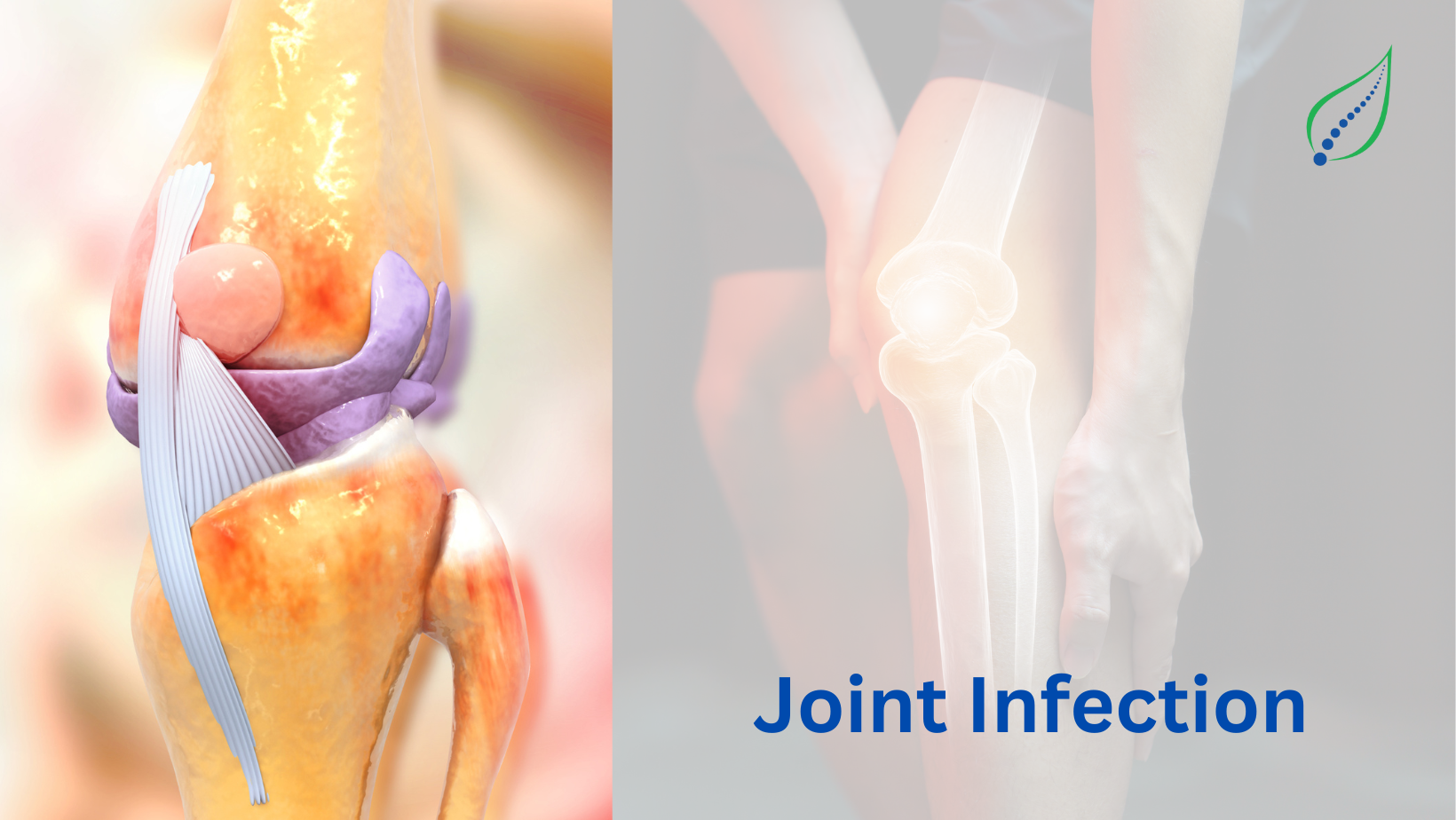Joint Infections
Joint infections are severe and destructive form of arthritis often known as septic arthritis. It causes severe pain, swelling, fever and tissue damage. Mostly occurs due to invasion of bacteria, fungi through the blood stream.
Bacterial joint inflammation is a severe and painful joint infection. It is also referred to as bacterial arthritis. Bacteria enters the joint and causes rapid cartilage and bone deterioration. This can even cause severe pain, swelling, redness, and loss of movement.
Some of the types of bacteria that can cause this infection includes staphylococcus aureus, staphylococcus pneumonia, Neisseria gonorrhoeae, mycobacterium tuberculosis, borrelia burgdorferi.
Symptoms:
- Fever and chills.
- Redness at site of infection.
- Pain and tenderness over the affected area.
- Difficulty using the limb.
- Trouble while walking.
- Pain in one or more joints.
Risk factors:
Anyone can have septic arthritis but some are highly on risk such as:
- Joint damage
- Recent joint surgery
- Skin infections
- Intravenous (IV) drug use
- Puncture wounds
- Prolonged antibiotic therapy
- Existing joint disease such as rheumatoid arthritis, gout, lupus.
Treatment:
- Antibiotics are typically administered directly into a person's bloodstream during the first stage of treatment for a bacterial infection. If the antibiotics work, the symptoms should improve within 48 hours. However, depending on the severity of the condition, a person may require IV antibiotics for 2-4 weeks. Typically, doctors arrange for IV antibiotics to be administered at home.
- In some cases, such as when the hepatitis C virus is present, doctors may prescribe antiviral medications.
- Physical therapy may be used to help people with infectious arthritis reduce their symptoms and maintain their joint's range of motion and function.
- A splint may also be recommended to support the affected joint wearing a splint allows range of motion exercises to prevent the joint muscles from shortening.

_1742973131.png)
_1742634080.png)

